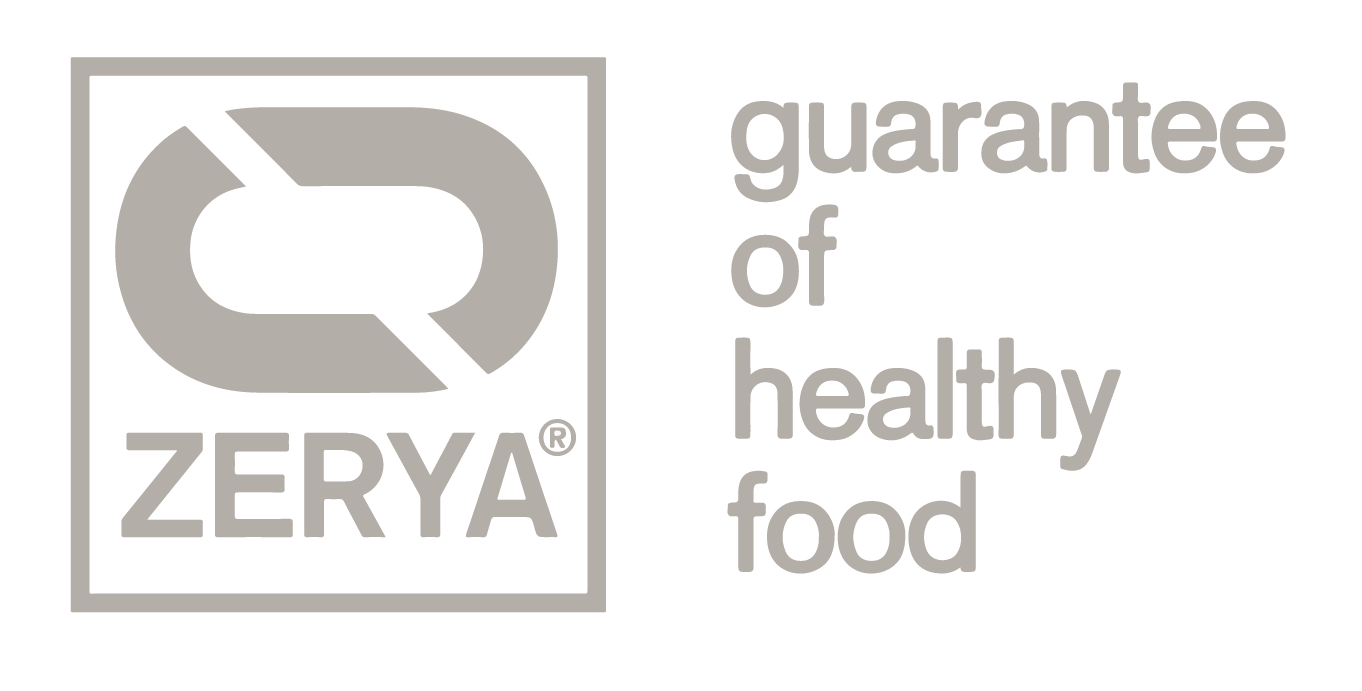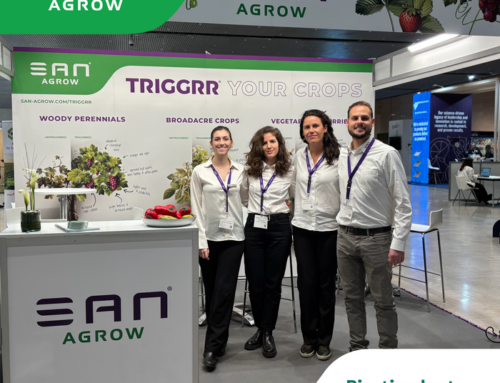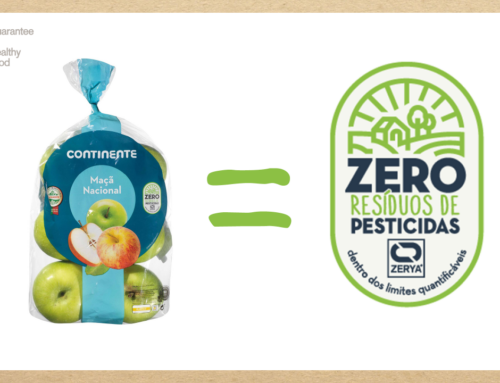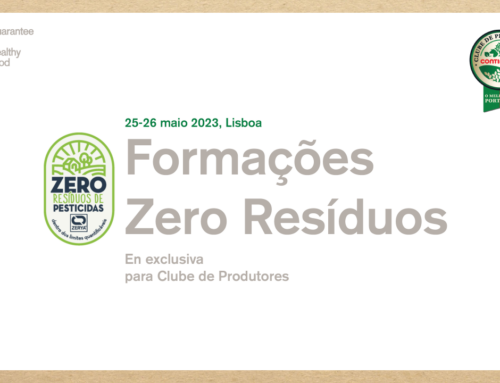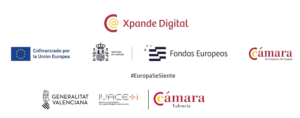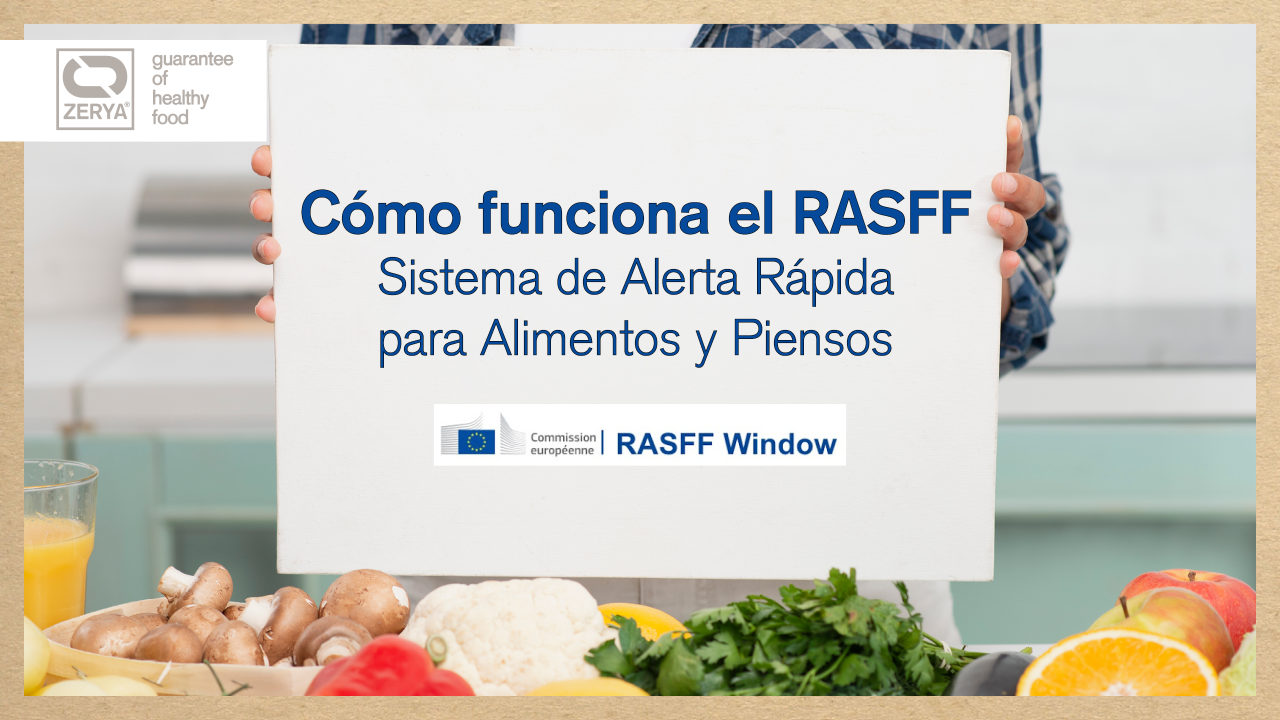
The Rapid Alert System for Food and Feed (RASFF) is a vital tool for ensuring food safety in the European Union (EU). We have recently witnessed two alerts for pesticide residues.. At ZERYA, as a brand that guarantees zero-waste food, we explain how RASFF works, its role in risk prevention and its relevance for European consumers.
What is RASFF and why is it important?
Origins of RASFF:
- The RASFF was established in 1979 after an incident involving oranges. The founding countries were Belgium, Denmark, France, Germany, Ireland, Italy, Luxembourg, the Netherlands and the United Kingdom. Other member countries joined the RASFF as soon as they joined the EU.
- Its legal basis is Regulation (EC) No 178/2002, also known as the General Food Law.
Operation of RASFF:
- RASFF enables food safety authorities to rapidly exchange information on health risks arising from food or feed. This enables them to take immediate action to prevent the risk.
- Provides a 24-hour service to ensure that urgent notifications are sent, received and responded to collectively and efficiently.
- Vital information exchanged through RASFF can lead to product recalls.
Notifications and Access:
- Access to RASFF is exclusively reserved for the authorities of the member countries and the European Commission.
- However, there is an online database called RASFF Window, which provides public access to summary information on the most recent RASFF notifications. This database allows searching for information on notifications issued in the past (currently limited to 2020 and later).
- The RASFF Window also includes a consumer portal, where information is provided on food recalls and public health warnings in member countries related to RASFF notifications.
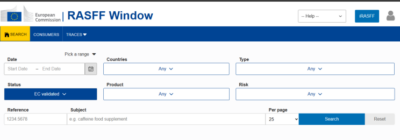
ACN Network: European Alert and Cooperation Network
The Alert and Cooperation Network (ACN) includes RASFF, AAC and FFN to share information on non-compliances in the EU agri-food chain.
In the 2022 annual report on the Alert and Cooperation Network (ACN) which includes the Rapid Alert System for Food and Feed (RASFF), the Administrative Assistance and Cooperation network (AAC) and the Agri-Food Fraud Network (FFN) we can highlight an increase in Notifications.
Hubo un incremento en las notificaciones compartidas en AAC y FFN en comparación con años anteriores, lo que demuestra un compromiso continuo de las autoridades competentes de los Estados miembros para detectar y reportar incumplimientos, incluso sin riesgo sanitario o cuando se sospecha de prácticas fraudulentas.
On the other hand, since we are surrounded by a large amount of waste in our environment, we must not forget the cocktail effect that is generated by the combination of these molecules. The cocktail effect and persistent exposure over years have a substantial influence on our organism and that is why more and more consumers are demanding from large retailers a product offering that guarantees waste-free products on our table.
The transition to a “pesticide-free” diet
At ZERYA we support the transition of producers and large distribution groups to accompany them in the change of model towards a more responsible production and consumption that takes into account the beneficial impacts for the entire ecosystem that can be achieved with this model of agriculture.
ZERYA’s mission is to offer a tool for differentiation to producers who want to make that effort beyond what is legally required, to rationalize and reduce the use of phytosanitary products, to protect biodiversity, to protect the health of their workers and consumers, to adopt new technologies, to take care of natural resources by understanding and promoting ecosystem services, in short, producers who, despite how arduous and demanding their work is, decide to take that path.
The ZERO Waste Range from Continente in Portugal
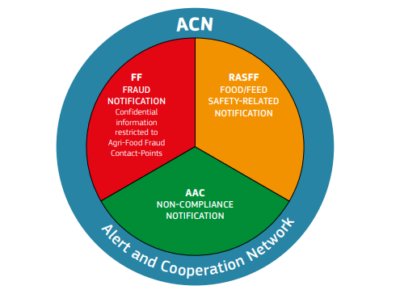
Examples of Health Alerts
- Pesticide Residues:
- RASFF has issued alerts regarding pesticide residues in fruits, vegetables and other foods.
- For example, in 2022, cases of pesticide residues were reported in certain batches of imported grapes. Thanks to the RASFF, measures were taken to prevent these products from reaching consumers.
2. Pathogenic Microorganisms:
- The RASFF also warns about the presence of pathogenic bacteria in food.
- For example, Salmonella was detected in batches of eggs in one member country. Authorities acted quickly to withdraw the eggs from the market.
3. Mycotoxins:
- Mycotoxins, produced by fungi, can contaminate grains and nuts.
- RASFF has issued alerts on the presence of aflatoxins in peanuts and pistachios.
Difference between a food alert and a food recall
The difference between a food alert and a food recall is crucial in the context of food safety.
Alert:
- An alert is an early notification essued by the Rapid Alert System for Food and Feed (RASFF).
- It is activated whena potential risk to public health related to food or feed is detected.
- Competent authorities exchange information through the RASFF to address the risk.
- For example, if a batch of fruit is found to contain unacceptable levels of pesticides, an alert is issued so that authorities can take preventive measures.
Food Recall:
- A food recall occurs when a product is already on the market and is physically removed from sale.
- It can be voluntary (initiated by the manufacturer or distributor) or forced (ordered by the authorities).
- It is carried out when areal danger to public health is confirmed.
- For example, if a batch of meat is found to containSalmonella, it is recalled to prevent consumers from being exposed to the risk.
An alert is an initial warning, while a food recall involves the concrete action of removing dangerous products from the market to protect consumers. Both processes are essential to ensure food safety in Europe.
How is it decided whether a product should be withdrawn from the market?
The decision to recall a product is a crucial process involving risk assessment and consumer protection. Here are the key steps involved:
- Problem Detection: Detection can occur through inspections, laboratory testing, consumer complaints, or Rapid Alert System for Food and Feed (RASFF) alerts..
Si se encuentra un problema, se inicia una investigación. - Risk Assessment: Authorities assess the severity of the problem and the risk to public health. The likelihood of consumer exposure to the defective product is considered.
- Type of Recall: Voluntary: The manufacturer or distributor decides to recall the product as a precaution. Forced: Authorities order the recall due to a serious risk.
- Communication and Coordination: Authorities notify manufacturers, distributors and retailers. Press releases and public alerts are issued to inform consumers.
- Physical withdrawal: Affected products are removed from store shelves and distribution is stopped. Consumers are also informed about how to return the products.
- Monitoring and Verification: It is verified that the withdrawal has been carried out correctly. The effectiveness of the action taken is monitored.
Ultimately, the decision is based on the safety and well-being of consumers. RASFF and other authorities play a key role in this process to ensure that food and feed are safe throughout the EU.
Management and Control of the ZERYA® Guarantee Brand
ZERYA® is a differentiated quality brand that is the result of years of research aimed at defining food production systems that guarantee a final product without pesticide residues. For ZERYA®, “without pesticide residues” means that all active ingredients are found in an analytical determination below 0.01 ppm.
The management and control of the actions, technical and production resources, as well as the characteristics of the products and the control of the requirements demanded of the operators who use the brand, is carried out by the bodies established in the Brand Regulations, which are under the supervision of the Supervisory Committee. This Committee ensures the proper functioning, transparency and independence of the brand, for which it periodically brings together representatives of the main links in the food chain from production to the consumer and is responsible for supervising the sectoral technical committees.
The control system is carried out through independent certification bodies that carry out audits of producers and laboratories that take samples and perform analyses to verify compliance with the standard.
The use of the brand’s distinctive mark is granted to certified companies and enables the differentiation of these products in the market.
Importance for European Consumers
At ZERYA we believe that RASFF is essential to protect the health of European consumers. Thanks to this system, many food safety risks are prevented before they can cause harm, from farm to fork. Consumers can trust that rapid and effective measures are taken to ensure that food and feed are safe throughout the EU.
RASFF is therefore an invisible but powerful shield that protects European consumers from food hazards and ensures that products reach our tables in the utmost safety.
At ZERYA Producciones sin Residuos S.L. We are dedicated to ensuring both pesticide-free and regenerative agriculture, two practices that benefit the environment and people’s health. By investing in our crop management, we contribute to a positive impact on the crops and food that reach our tables.
If you want to know more about us or how you can enjoy waste-free food, write to us at consultas@zerya.org or call us 4 622 690 956.
